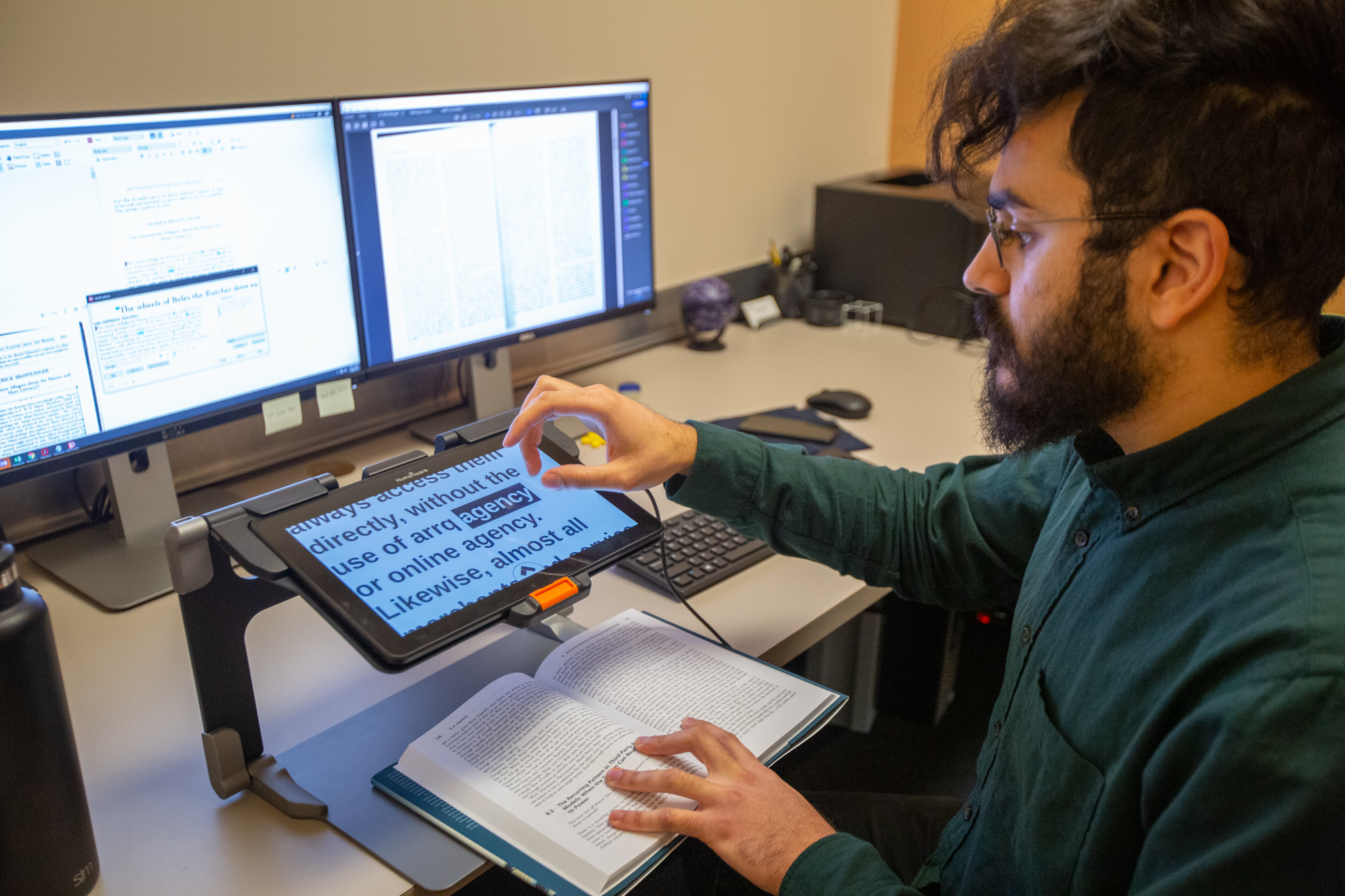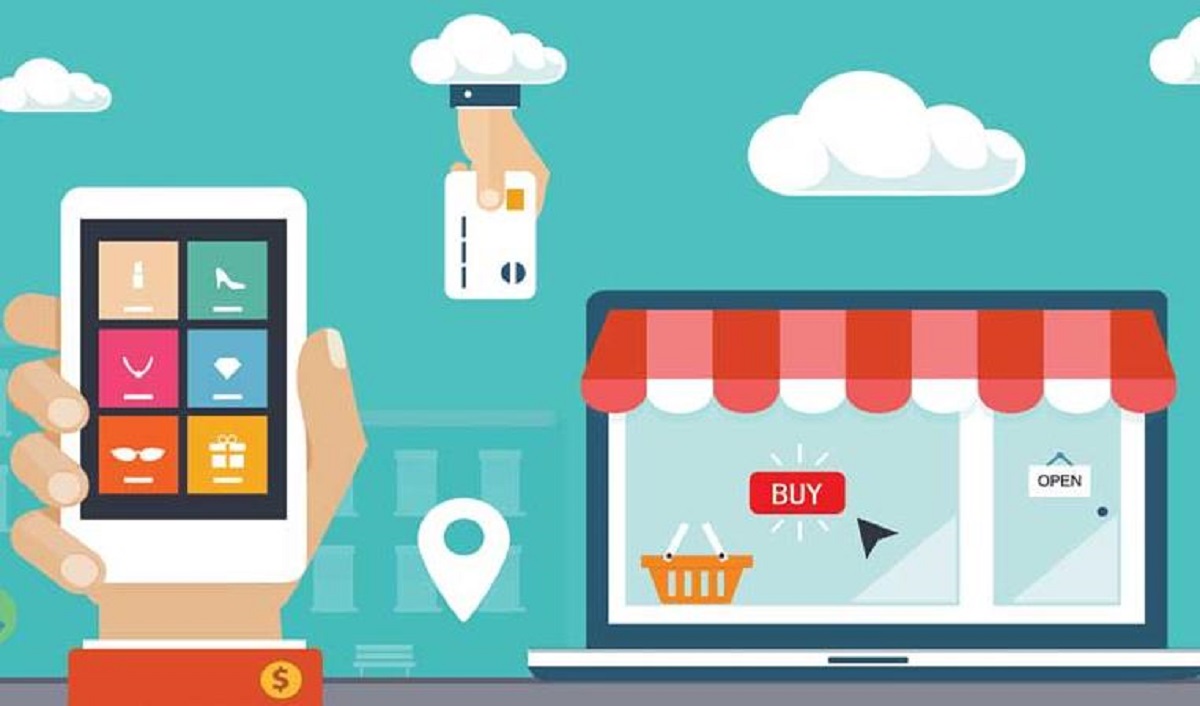Accessibility and Disability Technology Advancement
The purpose of digital accessibility is to guarantee that all users have access to and use digital resources, regardless of circumstance. Recognizing that only some people’s expectations or consumption of digital goods and services are the same is vital. Many people completely oppose them. Individuals with learning disabilities may require greater clarity of information than those with visual impairments.
The Potential Social Impacts of Technology
There are various reasons why universal digital access is required. People with disabilities may benefit from improved computer skills and increased access to information as a consequence. This might make digital assets more accessible to everybody. People with various impairments benefit from advancements in digital accessibility. Disabilities include blindness, limited vision, hearing loss, and mobility challenges.
People of all abilities may benefit from improved digital accessibility. It might make it easier for the elderly to utilize technology, for example. Those who need to learn English as their first language may find it simpler to access digital information and services.
QualityLogic has developed a technique for evaluating internet material and detecting what is lacking in order to assist businesses in becoming more accessible. Their staff will educate and advise the company on what must be done while developing a new and enhanced website. Improving your digital accessibility can benefit people who require changes while also helping your business to grow and attract new clients.
Creating Insightful and Useful Content
The ubiquitous availability of digital knowledge has resulted in a favorable chain reaction. It has the ability to boost business-to-business communication with a bigger customer base. The general public can be contacted even if they are unable to use your digital products or services. You may distinguish yourself in your company or organization by offering one-of-a-kind services. Many people who were previously unable to make use of your company’s perks will be able to do so today.
Creating Universally Accessible Digital Content
Even if it appears apparent, the information you present should be as straightforward as possible. The idea is to utilize straightforward, jargon-free language. Making your material available in a variety of media, such as audio and video, for clients who choose not to or are unable to read is one example.
Make Use of Visual Aids
Images and videos are great ways to engage your audience and convey your message. Execution, on the other hand, is crucial for resolving accessibility issues. Those who cannot see visual information, such as images or movies, will understand the main message if a textual equivalent is supplied. Check the contrast in your photos and videos to guarantee that those with low vision can see them.
Keep in Touch
The Web Content Accessibility Guidelines (WCAG) 2.0 are one of the many standards and rules that regulate digital accessibility. The WCAG 2.0 standard is one of several rules and guidelines. An increasing number of countries are adopting these norms and standards. It is vital to remain current on regulatory developments to guarantee that your products and services are compliant.
Why is It Necessary to Have Digital Access?
The World Health Organization defines disability as “an umbrella word that incorporates impairments, activity limits, and participation restrictions.” Disability can result from physical, sensory, cognitive, intellectual, or behavioral health difficulties. One billion people are expected to be affected, making it one of the world’s most frequent health problems. Despite this, persons with impairments may have difficulty obtaining services such as education and work. One method for addressing these concerns is to increase access to digital material and services.
People with visual, auditory, cognitive, and intellectual disabilities must be able to utilize a website or application. By making digital resources and services more accessible to persons with disabilities, we can help them live more freely and actively participate in society.
Techniques For Using Digital Content by Handicapped People
Access to digital material is challenging for people with various limitations. Screen reader software, which reads printed text aloud to visually impaired persons, might be valuable. Captions or transcripts for deaf audio and video material may be necessary. People who have cognitive difficulties may require more simple content. Content that can be accessed via numerous input modalities, such as switches or eye-gaze sensors, may be necessary for those with physical limitations. If digital content creators adjust to various consumer expectations, they may reach a larger audience.
Design For the Blind and Visually Impaired
When working with digital content, bear in mind that only some have the same real-world experience. Those blind or have little eyesight must rely on other clues to grasp information. When creating digital information for usage, it is necessary to take measures. For example, every image must have a descriptive text option. Closed captioning is also essential for videos so that deaf or hard-of-hearing people may comprehend what is being said. You may increase access to your digital information by following these measures.
Designing For Deaf and Hard of Hearing People
When generating digital material, the demands of each potential audience must be addressed. This includes persons who, for a variety of reasons, may require assistance comprehending standard information delivery tactics. Closed captioning allows persons who are deaf or hard of hearing to continue enjoying digital entertainment.
When generating closed captions for digital content, several aspects must be addressed. The captions must, first and foremost, be intelligible. Use large letter sizes and stay away from fancy typefaces that may be difficult to read. Second, ensure that the captions and audio are synchronized. This may be performed by either utilizing software that automatically creates captions or manually generating captions and transcribing the audio track. Make sure the captions are error-free.
By following these recommendations, you may guarantee that your digital information is available to everyone, regardless of physical constraints. Use tools like closed captioning, audio description, and sign language interpretation to make your material more accessible. Including comments from all demographics can assist you in developing digital content that appeals to all customers.
Designing For People Who Have Had Brain Injuries
When designing digital material for persons with cognitive disabilities, several issues must be considered. First and foremost, remember that each person is unique and requires a tailored approach. Comparable standards, however, might be employed to increase data accessibility. Services for the impaired, for example, recommend using graphics and simple language.
As a consequence, the reader may find the material easier to grasp. Additionally, several outlets for debate and critique are essential. As a consequence, the reader will be able to interact with the information on their terms, boosting the possibility of retention. Designers who follow these guidelines may provide digital material that all clients will find valuable.
Visit www.qualitylogic.com for more information on how QualityLogic may help your business. They may provide you with a free consultation to analyze your position in the struggle for accessibility.




